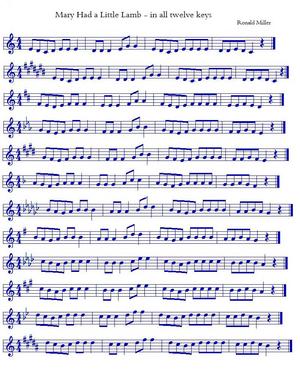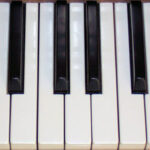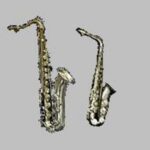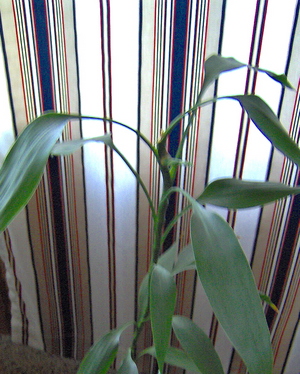I took private clarinet lessons and later saxophone lessons and played in the High School Band. Like most band musicians, I was taught to read music. But my teacher never talked about playing by ear. You can imagine my surprise when I studied jazz at college and found that the guitars, piano, and drummer all played by ear. Even most singers do not read the music, but learn first by ear.
If you have learned to play a wind instrument by reading music, but want to be able to play by ear, you can train your ear and fingers in the same way I did. I started with a simple song, and for an example we will use “Mary Had a Little Lamb”. We would like to be able to play this song without music, starting on any note. Perhaps you have played written music with a singer, only to have him say, “Can we play that a little higher?” This exercise will help you to play by ear, and to learn to play a song that you have learned in any key.
First, can you play this song starting on the note E? It seems to be such a simple task, but if we have always depended on written notes, it is harder than it looks. If you need the music to start, click the picture at the top of this page to enlarge it and then print it out. The top line is the song in the key of C, which is the simplest key because there are no sharps or flats. Play it a few times, and then play it without the music.
The song is written out in all twelve keys, so you could start on any note. I suggest you find the line with only one flat or one sharp and only look at the music for the starting note. Try to play it by ear, and you may have to correct yourself a few times until you get the hang of it. The goal is not to memorize the song in all twelve keys, but to memorize it in the first key, and then figure it out by trial and error in the other keys by starting on different notes. I suggest starting on the note E the first time, then try to start on A, then B.
When you are able to do this in a few keys, then start over on E. When you move to the next note, which is F (or E-sharp in the key of C-sharp) you will find out that it is the most difficult note to start on. As you move down each line of the printed music, you will start the song one half-step higher. You will notice that the easiest keys are followed by the most difficult. No doubt you will feel a bit clumsy as you realize that such a simple tune can be so difficult in some keys. Don’t be discouraged! After a few days of this, your technique will improve and so will your ear.
Next, find some really simple tunes. You may find these in the first year lesson books that you used when you first started to play your instrument. Choose one and memorize a few measures. Then try to start on another note and play the simple tune. Then start over where the tune is written and start to play it a half step higher. Do this until you have played all twelve keys and are back to the key you started in. As days go by, and you become more proficient, play more difficult tunes, until you are able to play any song you like by ear.




